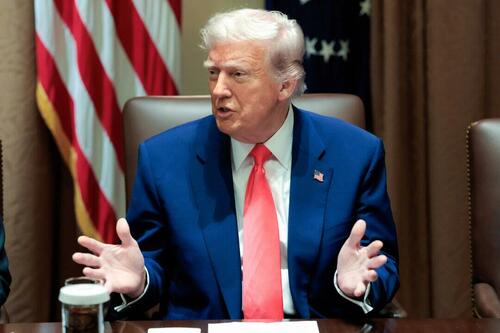Trump’s Tariff Exemptions: A Double-Edged Sword for the Electronics Industry
Tháng 4 12, 2025Trump’s Tariff Exemptions: A Game-Changer for Tech and Global Trade?
Tháng 4 12, 2025Donald Trump Advocates for Permanent Daylight Saving Time in the U.S.
In a recent twist on a long-standing issue, former President Donald Trump is advocating for Congress to adopt permanent daylight saving time (DST) across the United States. This initiative has sparked renewed conversations about the implications of such a change, with advocates highlighting both potential economic benefits and health considerations.
Trump’s Shift in Position on Daylight Saving Time
Historically, Trump has expressed mixed feelings about daylight saving time, with some past comments suggesting a desire for its abolition. However, his current stance represents a notable shift, as he now argues for making DST permanent. Trump asserts that extending daylight into the evening hours is “very popular” among the American public. This change would lead to longer evenings filled with natural light, which, according to proponents, could not only improve overall well-being but also bolster retail sales and outdoor activities.
The argument of convenience is a pivotal element in Trump’s proposal. He criticizes the biannual practice of changing clocks, viewing it as not only inconvenient but costly for families and businesses alike. By eliminating the need to adjust clocks twice a year, Trump suggests that permanent DST would create a smoother transition for daily schedules, reducing confusion and fostering productivity.
Legislative Developments Regarding Permanent DST
The push for permanent daylight saving time is gaining traction within congressional circles as well. A Senate panel has recently convened to discuss the ramifications of adopting one form of time year-round. The debate is not new; in 2022, the Senate passed a measure aimed at solidifying permanent daylight saving time unanimously. However, that measure ultimately stalled in the House, highlighting the complexity and varied opinions surrounding this topic.
If the federal government approves a permanent DST policy, it remains to be seen how individual states will respond. Currently, Hawaii and most of Arizona (excluding the Navajo Nation) do not observe daylight saving time, and they may choose to retain their current practices even if a federal mandate is enacted. This opens the door for states to exercise their discretion, potentially leading to a patchwork of timekeeping practices across the nation.
The Broader Debate: Economic and Health Benefits vs. Tradition
The conversation around permanent daylight saving time is not solely about convenience; it encompasses broader discussions about economic and health impacts. Proponents of making DST permanent argue that extended daylight in the evening can lead to increased consumer spending, as people are more likely to engage in outdoor activities, dining, and shopping when daylight lingers longer into the night.
Conversely, critics of permanent DST raise concerns about the potential health implications, including disruptions to sleep patterns and circadian rhythms. They caution that while evening daylight may seem advantageous on the surface, it could lead to increased risks associated with sleep deprivation.
As this debate unfolds, Trump’s renewed push for permanent daylight saving time will likely continue to evoke mixed reactions and sustain dialogue on this significant aspect of American life. The outcome of this legislative effort will be pivotal in determining how the nation conceives and navigates time in the years to come, reflecting a blend of practicality, tradition, and innovation.

